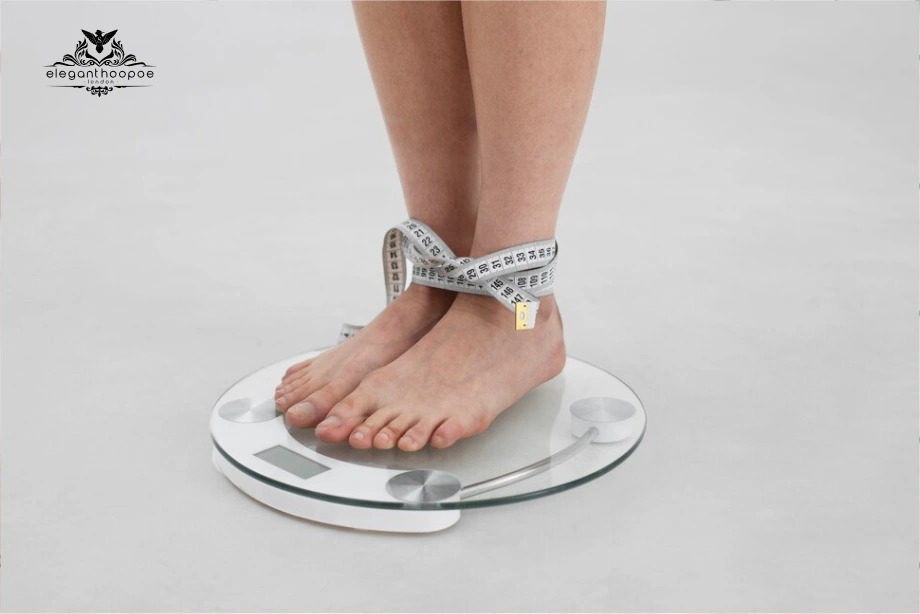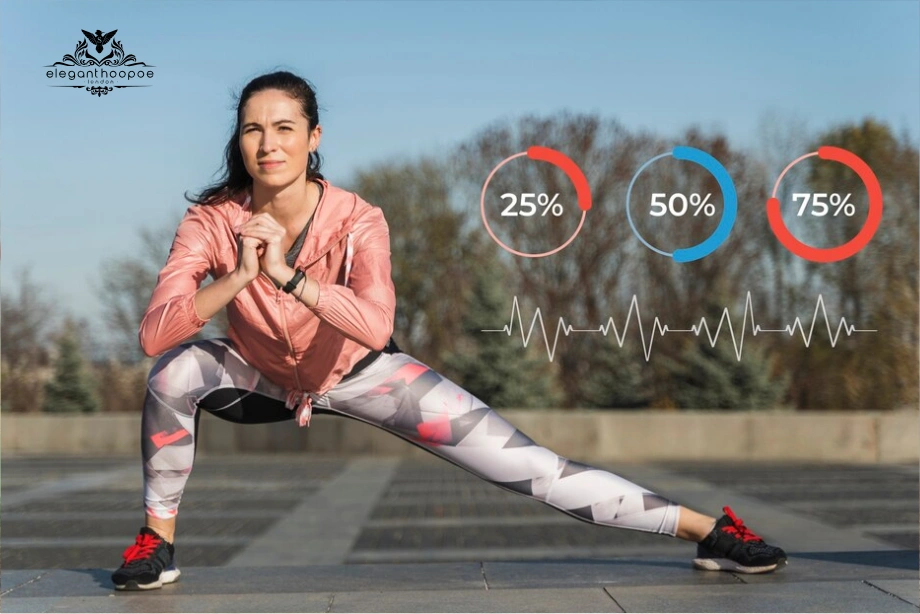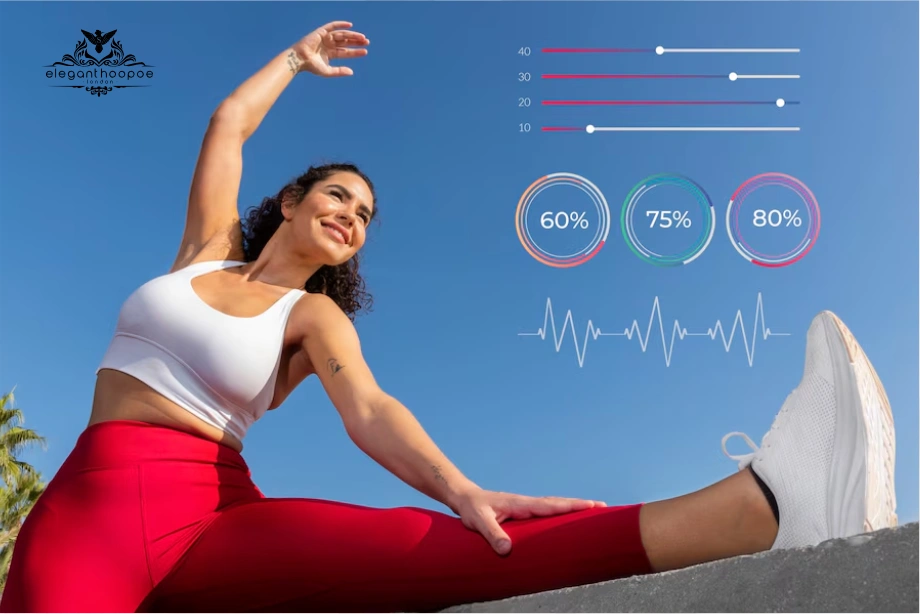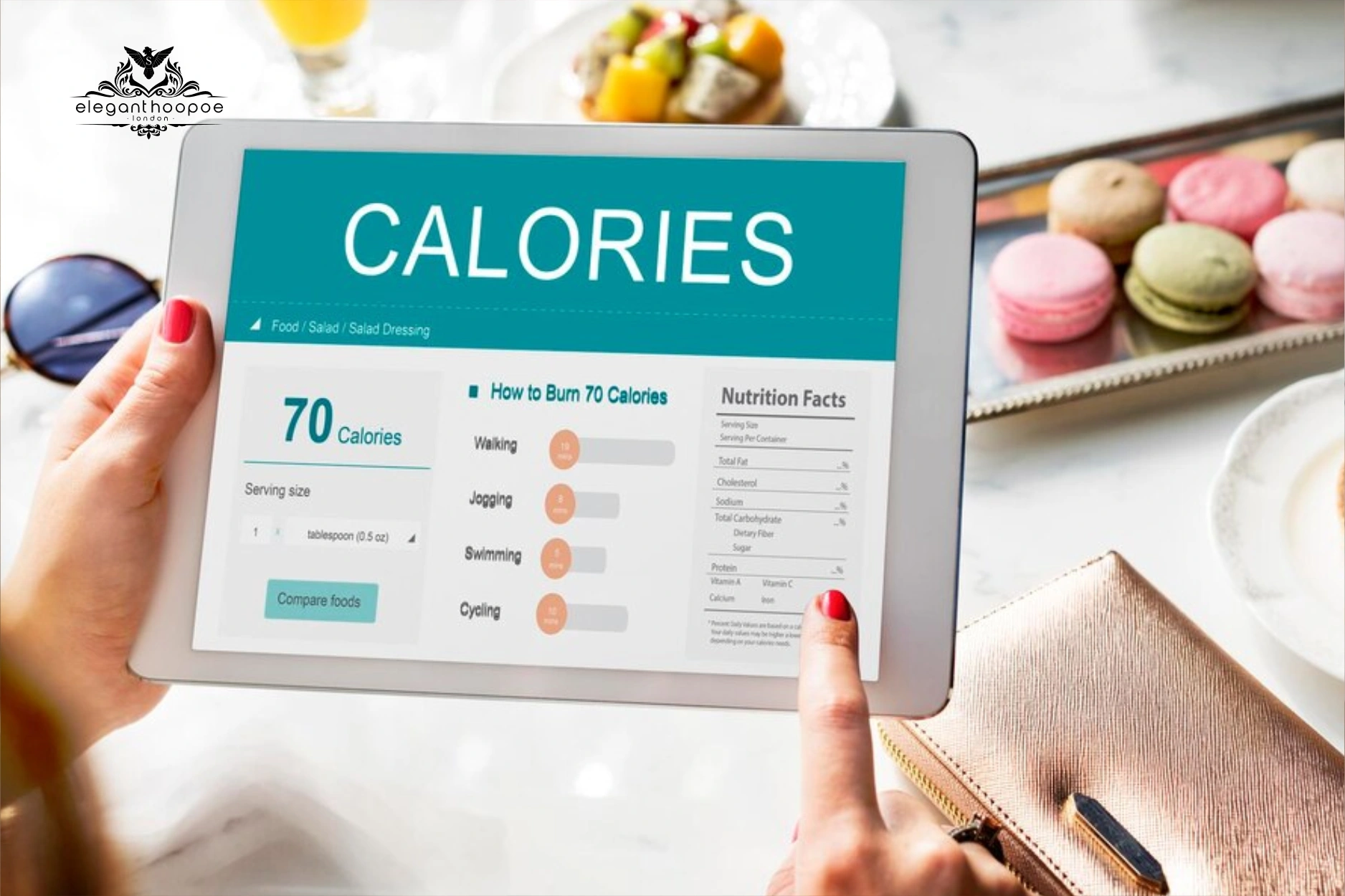Should You Swap BMI for a Body Fat Percentage Calculator?
- Body Fat Percentage Calculator measures actual fat vs. total weight, so it spots risks BMI misses—visceral fat, muscle-fat mix, joint strain.
- Quick methods (BIA, calipers, online tools) reveal if you’re in the healthy 10-24 % (men) or 14-31 % (women) range.
- Use it to track fat loss, fine-tune diet and workouts, and cut threats like heart disease or diabetes—far more precisely than BMI.
In recent years, health professionals and fitness experts have recognized the limitations of Body Mass Index (BMI) for evaluating health. BMI has been the standard measurement for decades, but it does not provide a complete picture of body composition. The body fat percentage calculator has emerged as an alternative. It offers more detailed insights into an individual’s health and is now a key tool in health measurement.
This article will explore why the body fat percentage calculator is considered a better tool than a BMI calculator. We will also discuss how it works, its health benefits, and how it helps individuals make informed decisions about their fitness.

The Drawbacks of BMI
BMI has long been used to determine if someone is underweight, normal weight, overweight, or obese. It uses a simple formula based on weight and height. However, it fails to account for muscle mass or fat distribution. This makes BMI imprecise for many people, especially those with high muscle mass or unique fat distribution.
Weight
Height
Age

For example:
- Muscle Mass vs. Fat Mass: A bodybuilder might have a high BMI despite being healthy and having a low body fat percentage.
- Visceral Fat: BMI can’t distinguish between fat under the skin and fat around internal organs. Visceral fat is more dangerous.
These limitations show why we need a more accurate tool to assess body composition, like the body fat percentage calculator.
What is Body Fat Percentage?
Body fat percentage measures the amount of fat in the body compared to total body weight. Unlike BMI, which compares weight and height, this calculator gives a clearer picture of health by identifying how much fat you carry. This information helps assess health risks, offering more precise results than BMI.
A health measurement calculator that estimates body fat percentage helps you track if your fat levels are healthy. Unlike BMI, body fat percentage provides useful insights into potential health risks and overall fitness.

How Does a Body Fat Percentage Calculator Work?
The body fat percentage calculator estimates the amount of fat in your body. Different methods are used to calculate this, including bioelectrical impedance devices, skinfold calipers, and online calculators.
- Bioelectrical Impedance Analysis (BIA): This method uses a small electrical current that passes through the body to measure resistance. Since fat does not conduct electricity well, higher resistance levels suggest higher body fat.
- Skinfold Calipers: These measure the thickness of fat at specific points on the body. The measurements are used in formulas to estimate overall body fat.
- Online Calculators: These ask for data like height, weight, age, and gender to provide an estimate of body fat percentage.
Though methods like BIA and skinfold calipers are more direct, online calculators offer a quick estimate for a rough idea of body fat percentage.

The Health Implications of Body Fat Percentage
Tracking body fat percentage provides important health insights. Unlike BMI, which doesn’t differentiate between types of fat, body fat percentage highlights the risks of excess fat. High body fat is linked to chronic diseases like heart disease, diabetes, and metabolic disorders.
Cardiovascular Health
Excess fat, especially visceral fat, is a risk factor for heart disease. It can cause plaque buildup in arteries increasing the risk of heart attacks and strokes. Using a body fat percentage calculator helps track this risk.

Type 2 Diabetes
High body fat can increase insulin resistance, a precursor to type 2 diabetes. This condition occurs when the body doesn’t respond well to insulin, leading to higher blood sugar levels. A body fat percentage calculator helps individuals detect excess fat and take action before complications arise.
Joint Health
Excess fat puts strain on joints, particularly weight-bearing ones like knees and hips. This strain increases the risk of joint damage and conditions like osteoarthritis. Monitoring body fat percentage helps maintain a healthy weight, protecting your joints.
Metabolic Function
Excess body fat slows metabolism, which can lead to weight gain and difficulty losing fat. Body fat percentage offers a clearer picture of metabolism than BMI, helping you make better decisions about exercise and diet.

Ideal Body Fat Percentage: What’s Healthy?
The optimal body fat percentage varies by gender, age, and fitness goals. However, general guidelines exist for healthy body fat percentages.
- Essential Fat: The minimum fat needed for body function. Women need 10-13%, and men need 2-5%.
- Athletes: Athletes typically have lower body fat. Women range from 14-20%, and men from 6-13%.
- Fitness Range: Active individuals with good health usually have 21-24% fat for women and 14-17% for men.
- Average: For women, this is 25-31%, and for men, 18-24%.
- Obese: Over 32% fat for women and 25% for men. This range increases health risks.
A body fat percentage calculator helps determine if you are within a healthy range or need to reduce your body fat.

Body Fat Percentage vs. BMI: Why a Health Measurement Calculator is Better
While BMI is widely used, it has limitations compared to body fat percentage. Here’s why:
Fat vs. Muscle
BMI cannot differentiate between fat mass and muscle mass. A person with high muscle mass may be classified as overweight despite having a low body fat percentage. Body fat percentage specifically measures fat, giving a clearer picture of health.
Health Risk Indicators
Body fat percentage is more sensitive to health risks. It identifies if fat is stored in dangerous areas, such as the abdomen. Visceral fat around vital organs poses significant health risks. BMI does not measure fat distribution, making it incomplete.

Better Accuracy for All Body Types
Unlike BMI, body fat percentage is individualized. It accounts for factors like age and gender, which affect fat distribution and muscle mass. This makes body fat percentage a more accurate reflection of health for all body types.
Conclusion
The body fat percentage calculator is more reliable and accurate than BMI for evaluating body composition and health. It provides valuable insights into health risks like heart disease, diabetes, and joint issues. As a health measurement tool, it’s especially useful for tracking fitness progress or managing conditions related to excess fat.
Incorporating a body fat percentage calculator into your health routine helps you understand your body better. It allows for more precise tracking, helping you make informed decisions about diet, exercise, and overall well-being.
Refrences
Calculator.net-Body Fat Calculator
National Institutes of Health (NIH)-Calculate Your Body Mass Index
American Council on Exercise-Tools & Calculators
Harvard Medical School-How useful is the body mass index (BMI)?









